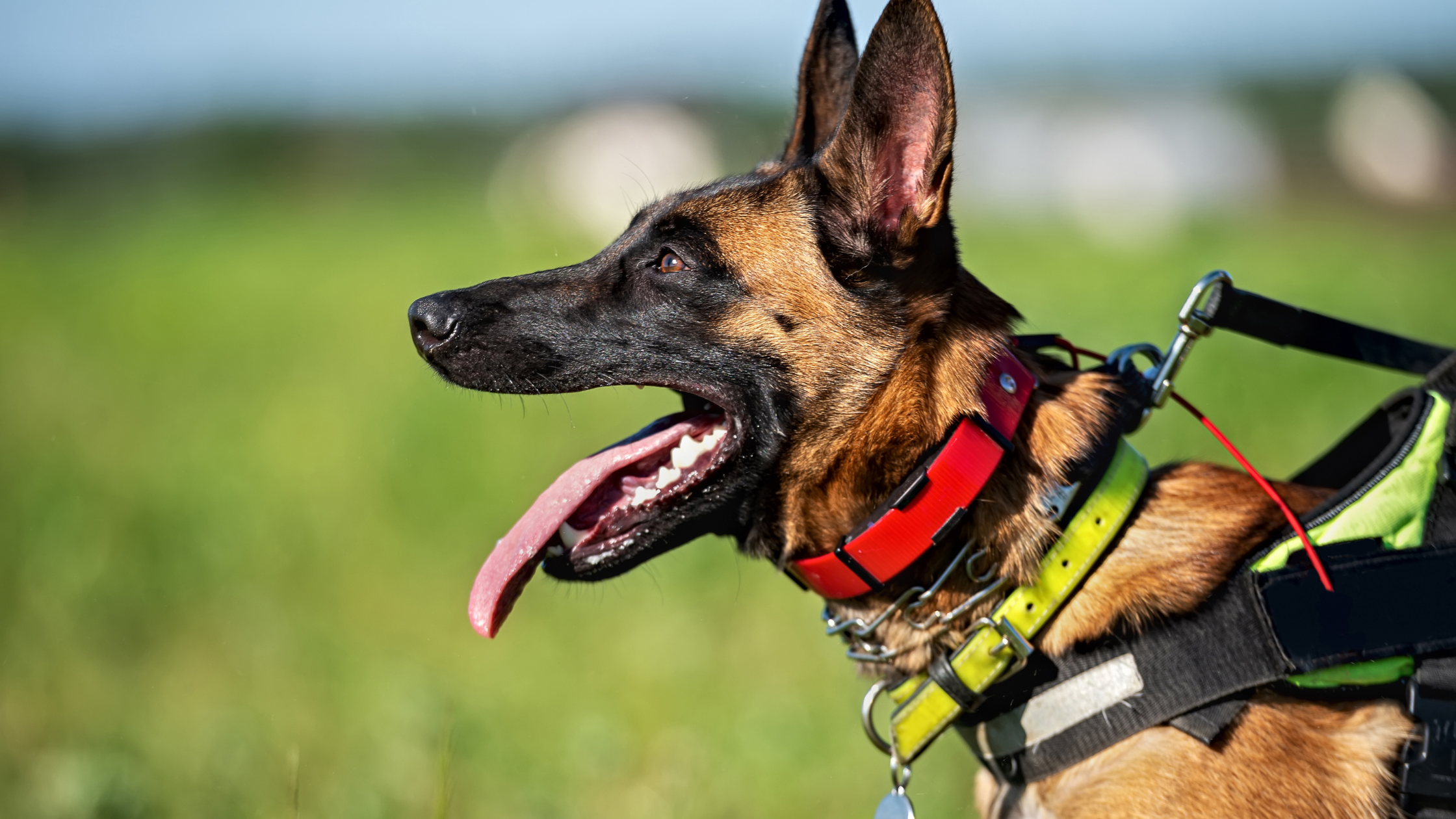What are the different types of training collars available?
When it comes to training your dog, choosing the right training collar is crucial. There are several types of training collars available in the market, each with its own pros and cons.
1. Flat Buckle Collars
Flat buckle collars are the most common type of dog collars. They are made of nylon or leather and have a buckle for easy adjustment. These collars are suitable for dogs that are already well-behaved and don't require much training. However, they are not effective for dogs that pull on the leash or exhibit aggressive behavior.
2. Martingale Collars
Martingale collars, also known as limited-slip collars, are designed to prevent dogs from slipping out of their collars. They have a loop that tightens when the dog pulls, but it doesn't choke the dog. These collars are great for dogs with narrow heads, such as Greyhounds, as they provide better control without causing discomfort.
3. Prong Collars
Prong collars, also called pinch collars, have metal prongs that pinch the dog's neck when it pulls. These collars are controversial and should only be used under the guidance of a professional dog trainer. While they can be effective for strong-willed dogs, they can also cause pain and injury if not used correctly.
4. Head Halters
Head halters, such as the Gentle Leader or Halti, are designed to control a dog's head and muzzle. They work by redirecting the dog's attention and controlling its movements. Head halters are particularly useful for dogs that pull excessively or have aggressive tendencies. However, they may take some time for the dog to get used to and should be introduced gradually.
5. Remote Training Collars
Remote training collars, also known as electronic collars or e-collars, are used for off-leash training. They consist of a collar with a receiver and a handheld remote control. The remote allows the owner to deliver a mild electric stimulation, vibration, or beep to get the dog's attention and reinforce commands. These collars should only be used by experienced trainers and should never be used as a form of punishment.
What are the pros and cons of using training collars?
Now that we've discussed the different types of training collars, let's explore their pros and cons:
Pros:
- Effective for controlling unwanted behaviors
- Provide better control during walks
- Can be used as a safety measure to prevent dogs from escaping
- Can help in training dogs for
Cons:
- Improper use can cause physical and psychological harm to the dog
- Some collars may be uncomfortable or painful for the dog
- Not suitable for all dogs, especially those with certain health conditions
- Should be used under the guidance of a professional trainer
Remember, choosing the right training collar for your dog is essential for their safety and well-being. Consult with a professional dog trainer or behaviorist to determine the most appropriate collar for your dog's specific needs. Always prioritize positive reinforcement and reward-based training methods alongside the use of training collars.
At Pet Pro Supply Co., we understand the importance of choosing the right training collar for your furry friend. Our wide range of training collars ensures that you can find the perfect fit for your dog's training needs. Shop with us today and make training a breeze!

 Login
Login
